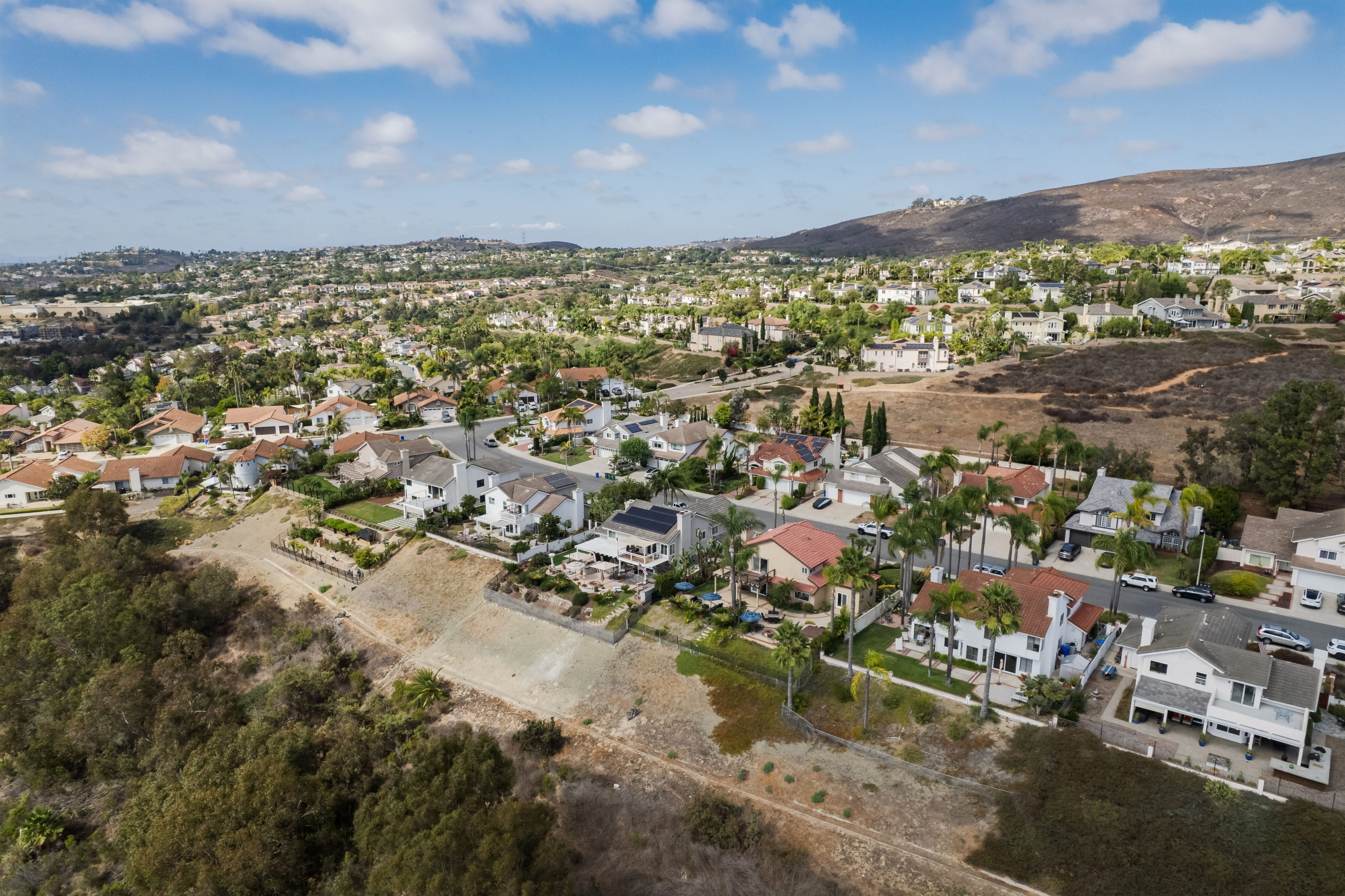If you’ve been wishing for mortgage rates to finally ease up — good news, your wish is starting to come true. Rates have begun to dip, and homeowners and hopeful buyers across North County, San Diego are watching closely.
But the real question is: Will it last? And maybe more importantly — how low can they actually go?
According to housing experts, there’s still room for rates to drop even further over the next year. One big clue lies in the 10-year Treasury yield, a key market signal that often moves in sync with mortgage rates.
So, as surfers track the perfect swell off the coast of Encinitas, savvy homebuyers in Carlsbad, Oceanside, and San Marcos might want to keep an eye on this economic tide — because a shift in the Treasury yield could mean a new wave of affordability is heading our way.
The Link Between Mortgage Rates and the 10-Year Treasury Yield
For over 50 years, the 30-year fixed mortgage rate has closely followed the movement of the 10-year treasury yield, which is a widely watched benchmark for long-term interest rates (see graph below):
When the treasury yield climbs, mortgage rates tend to follow. And when the yield falls, mortgage rates typically come down.
It’s been a predictable pattern for over 50 years. So predictable that there are a number of experts who consider it normal for the gap between the two. It’s known as the spread, and it usually averages about 1.76 percentage points, or what you sometimes hear as 176 basis points.
The Spread Is Shrinking
Over the past couple of years, though, that spread has been much wider than normal. Why? Think of the spread as a measure of fear in the market. When there’s lingering uncertainty in the economy, the gap widens beyond its usual norm. That’s one of the reasons why mortgage rates have been unusually high over the past few years.
But here’s a sign for optimism. Even though there’s still some lingering uncertainty related to the economy, that spread is starting to shrink as the path forward is becoming clearer (see graph below):
And that opens the door for mortgage rates to come down even more. As a recent article from Redfin explains:
“A lower mortgage spread equals lower mortgage rates. If the spread continues to decline, mortgage rates could fall more than they already have.”
The 10-Year Treasury Yield Is Expected To Decline
It’s not just the spread, though. The 10-year treasury yield itself is also forecast to come down in the months ahead. So, when you combine a lower yield with a narrowing spread, you have two key forces potentially pushing mortgage rates down going into next year.
This long-term relationship is a big reason why you see experts currently projecting mortgage rates will ease, with a fringe possibility they’ll hit the upper 5s toward the end of next year.
Here's how it works. Take the 10-year treasury yield, which is sitting at about 4.09% at the time this article is being written, and then add the average spread of 1.76%. From there, you’d expect mortgage rates to be around 5.85% (see graph below):
But remember, all of that can change as the economy shifts. And know for certain that there will be ups and downs along the way.
How these dynamics play out will depend on where the economy, the job market, inflation, and more go from here. But the 2026 outlook is currently expected to be a gradual mortgage rate decline. And as of now, things are starting to move in the right direction.
Bottom Line
Keeping up with all the twists and turns in the market can feel like trying to catch a wave before it breaks — exciting, but a little overwhelming. That’s why having a trusted local expert on your side makes all the difference.
Here in North County, San Diego, the team at Shafran Realty Group knows the market inside and out. Whether rates rise, fall, or hold steady, we’ll handle the heavy lifting so you can stay focused on your goals — not the headlines.
If you want real-time updates on mortgage rates and what they mean for your buying or selling plans, let’s connect. We’ll keep you in the loop and help you plan your next move with confidence.




